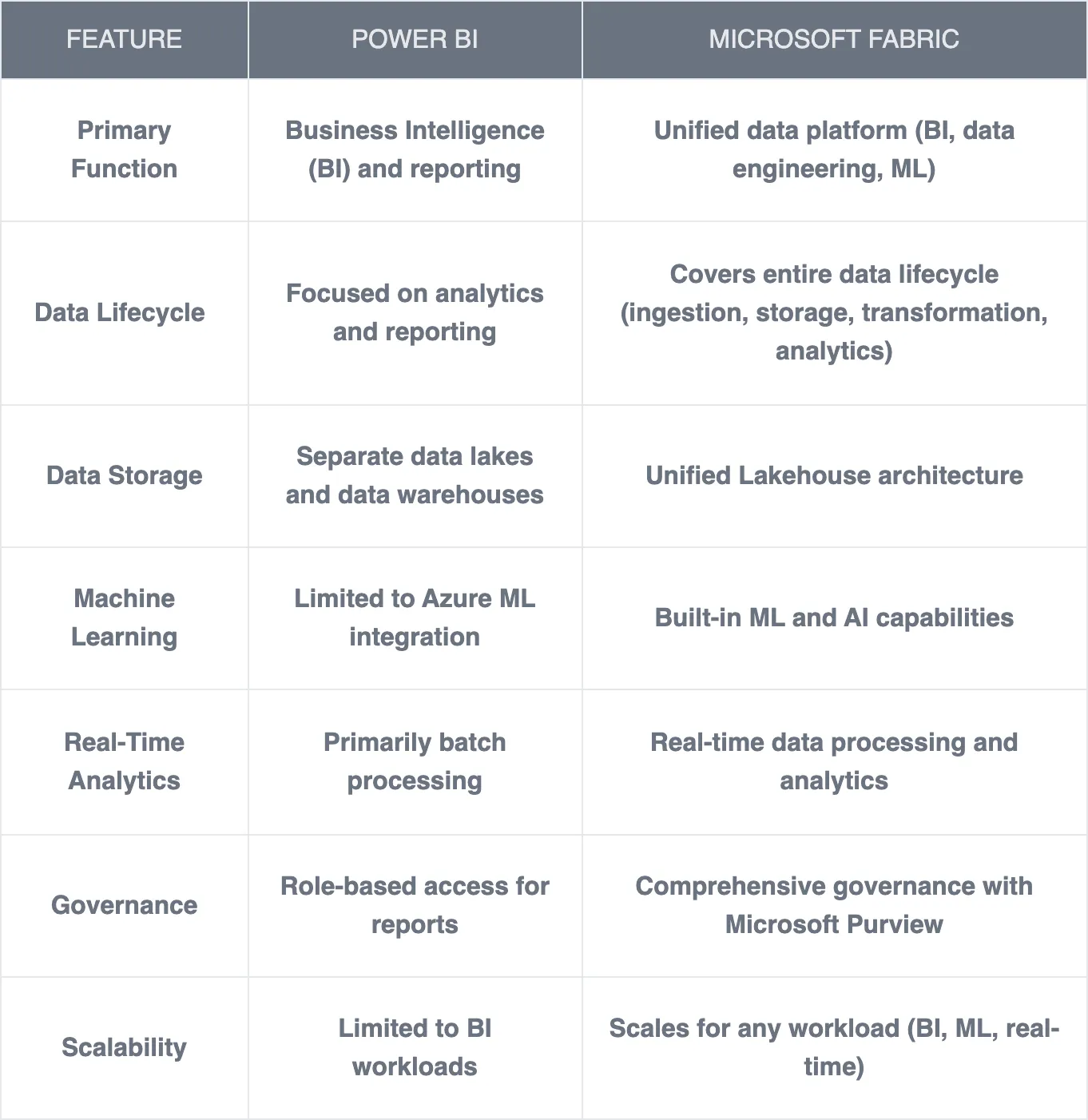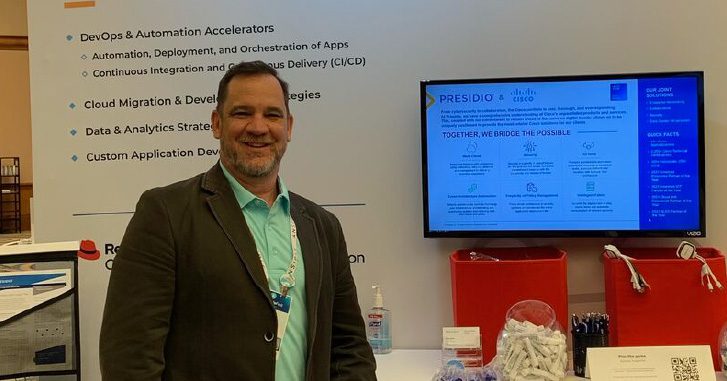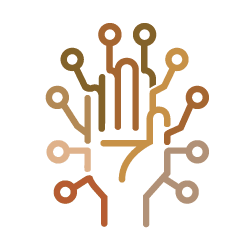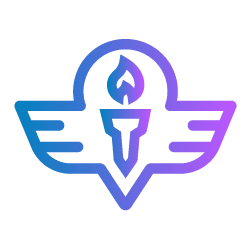

As businesses continue to evolve in the digital age, the need for robust data platforms that can handle both present and future data management needs has become undeniable. For years, Power BI has been a go-to solution for business intelligence (BI), offering powerful tools for data visualization, analytics, and reporting. However, as data requirements have grown, Microsoft introduced Microsoft Fabric, an integrated and unified data platform that expands the capabilities of Power BI to address the entire data lifecycle.
This blog explores the evolution of Power BI into Microsoft Fabric and why organizations must consider adopting it to stay ahead in the ever-evolving world of data and analytics.
Harnessing Power BI: Transforming Business Intelligence
Power BI brought a revolution to the BI landscape by democratizing data analytics. It allowed businesses to:
- Visualize Data: Through a user-friendly interface, even non-technical users could create dashboards and reports.
- Self-Service Analytics: Business users gained autonomy in generating insights without relying on data engineers or IT teams.
- Data Connectivity: Power BI offered seamless connectivity to various data sources, from Excel sheets to on-premise databases and cloud solutions.
- Collaboration and Sharing: Power BI reports and dashboards could be easily shared across teams and departments, enabling faster decision-making.
Despite its versatility, Power BI was still primarily focused on analytics and reporting, which created some limitations as businesses scaled their data ecosystems. The need for real-time data, advanced machine learning, data governance, and a unified approach to managing complex data infrastructures became more prominent.
The Evolution from Power BI to Microsoft Fabric: Why It’s More Than Just a BI Tool
Beyond Business Intelligence: A Unified Data Platform
While Power BI excelled in analytics and reporting, businesses often needed additional tools to handle the entire data lifecycle, including data ingestion, storage, transformation, and advanced analytics. This required managing multiple systems, which could lead to data silos, governance challenges, and higher costs.
Microsoft Fabric addresses these issues by unifying all their capabilities into a single platform. It integrates Power BI’s superior analytics capabilities with the capacity to oversee data engineering, machine learning, real-time analytics, and governance, all within a single platform.
This evolution from Power BI to Fabric is a leap from BI to a full-scale data platform, enabling organizations to not just generate insights but to manage and optimize their entire data strategy.
Onelake Architecture: A Unified Data Storage Solution
One of the most critical innovations in Microsoft Fabric is its Lakehouse architecture. Traditionally, businesses used data lakes for storing raw data and data warehouses for structured data. This often resulted in separate environments for operational data and analytics data, adding complexity to data management.
With Microsoft Fabric’s Lakehouse architecture, businesses can now store both structured and unstructured data in one place, simplifying data operations while enabling faster and more efficient analytics. This convergence of data lakes and data warehouses allows for a seamless transition between raw data storage and high-performance querying for analytics, all within the same ecosystem.
The Lakehouse in Fabric plays a pivotal role in ensuring data availability for any workload, be it reporting, real-time analytics, or machine learning, without duplicating data across different systems.
Why Move to Microsoft Fabric: Key Reasons for Adoption
End-to-End Data Management
One of the most significant benefits of Microsoft Fabric is its ability to provide end-to-end data management in a unified environment. Businesses no longer need to piece together separate tools for ingestion, storage, transformation, governance, and analytics. Fabric integrates these processes, creating a streamlined workflow that reduces complexity, saves time, and enhances collaboration.
For organizations dealing with high volumes of data across multiple systems and departments, this integration leads to greater efficiency and lower total cost of ownership.
Real-Time Analytics for Better Decision-Making
In today’s fast-paced business environment, having access to real-time data is crucial for making proactive decisions. While Power BI offered powerful scheduled reporting capabilities, Microsoft Fabric takes it a step further by enabling real-time analytics and data processing.
Components like Event Streams within Microsoft Fabric allow businesses to capture, process, and analyze data as it happens. With Fabric’s inbuilt real-time ingestion feature, organizations can seamlessly ingest data from various sources and respond to changes instantly. Whether it’s customer behavior, supply chain performance, or financial transactions, Fabric enables businesses to gain real-time insights and make immediate, data-driven decisions that can significantly impact customer success.
Advanced Analytics and AI Integration
Power BI was designed primarily for descriptive analytics, reporting on what happened. In today’s data landscape, businesses need to go beyond descriptive analytics to predictive and prescriptive analytics. Microsoft Fabric seamlessly integrates with tools like Azure Machine Learning and AI-driven capabilities, allowing businesses to build, train, and deploy machine learning models directly within the platform.
This built-in AI support enables businesses to forecast trends, predict outcomes, and automate processes, driving greater value from data and improving operational efficiency.
Scalability and Flexibility for Growing Data Needs
As data volumes grow, businesses require platforms that can scale efficiently without compromising performance. Microsoft Fabric, built on the Azure cloud infrastructure, provides virtually unlimited storage and compute power to support even the most demanding workloads. Whether handling massive datasets or performing compute-heavy machine learning tasks, Fabric can scale seamlessly to meet evolving data needs.
Comprehensive Governance and Compliance
Data governance and security are critical in today’s regulatory environment. Power BI provided basic governance features like role-based access and report-level security. As data estates grow, enterprise-wide governance becomes necessary. Microsoft Fabric incorporates Microsoft Purview, offering comprehensive governance and compliance tools. With Purview, businesses can track data lineage, apply data policies, and ensure regulatory compliance across their entire data estate.
Seamless Integration with Existing Tools
For businesses already invested in Microsoft technologies, like Power BI, Azure, and Office 365, Fabric provides seamless integration. Organizations can transition to Microsoft Fabric without overhauling existing systems. Power BI remains a core component of Fabric, meaning users can continue leveraging their familiar analytics tools while benefiting from the broader capabilities of the platform.
The Role of Microsoft Fabric in Driving Customer Success
In a world where customer success depends on data-driven decision-making, Microsoft Fabric offers the tools and infrastructure needed to turn data into a competitive advantage. With real-time insights, advanced analytics, scalable storage, and robust governance, businesses can improve the speed and accuracy of their decision-making processes. Whether it’s personalizing customer experiences, streamlining operations, or ensuring regulatory compliance, Microsoft Fabric empowers businesses to deliver greater value to their customers.
By moving to Microsoft Fabric, organizations can break down the silos that hinder data agility, enabling teams to collaborate seamlessly, gain deeper insights, and ultimately achieve better outcomes for their customers.
Conclusion: The Future Lies in Fabric
As businesses face growing data complexity and an increasing demand for real-time, AI-driven insights, it’s clear that the next generation of data platforms must go beyond traditional BI tools. Microsoft Fabric is not just an evolution of Power BI, it’s a comprehensive, scalable, and integrated platform designed to meet the challenges of modern data environments.
By embracing Microsoft Fabric, businesses can gain a competitive edge, accelerate their digital transformation, and unlock the full potential of their data, ultimately driving greater customer success and business growth.
If you’re still relying solely on Power BI, it’s time to explore the broader capabilities of Microsoft Fabric and see how it can transform your data strategy for the future. Are you prepared to take the next step? Please contact your Microsoft representative to learn how Microsoft Fabric can improve your data operations.





































































































































































































































